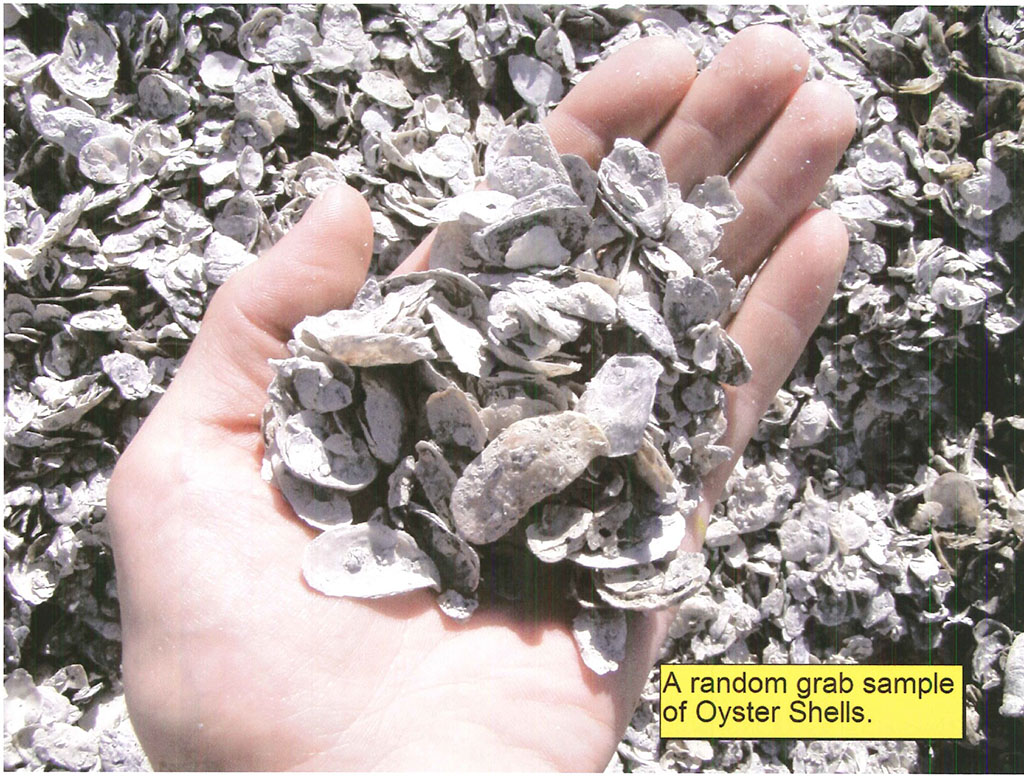For millennia, the body of water we now call San Francisco Bay was brimming with oysters—so many that their discarded shells formed little mountains and ridges below the surface.
Then things changed. The Gold Rush propelled decades of intense pollution and habitat destruction that decimated native oyster populations. And commercial interests started chipping away at the underwater mounds.
The shells are now being mined at a rate of 40,000 tons per year, mainly to fortify chicken feed.
No formal studies have evaluated the shell mounds or the wider effects of mining them. Regional agencies don’t even know exactly how big the deposits are, and whether the miners could be digging up everything that remains. But scientists suspect that the deposits naturally replenish shorelines and could provide local material for restoration projects across the Bay. In other words, these ancient shells could help defend against the threat of sea level rise.
Luckily, some of these relic shell structures still remain. North of San Mateo Bridge (see map, below) lies a sprawling 2,500-year-old oyster shell deposit.
So we worked with the Citizens Committee to Complete the Refuge to convince regional agencies to study the remaining shell deposits, the effects of shell mining on fish and shoreline erosion, and the possible use of the relic shells to restore wetlands and revive native oyster populations.
“We need to know the ecological role these shell deposits play before they’re depleted entirely by mining,” Baykeeper attorney Nicole Sasaki said, “Otherwise we risk squandering this limited resource on chicken feed—rather than protecting it as a potential ally against sea level rise around the Bay.”
Below: the approximate location of a deposit of ancient oyster shells north of the San Mateo Bridge


